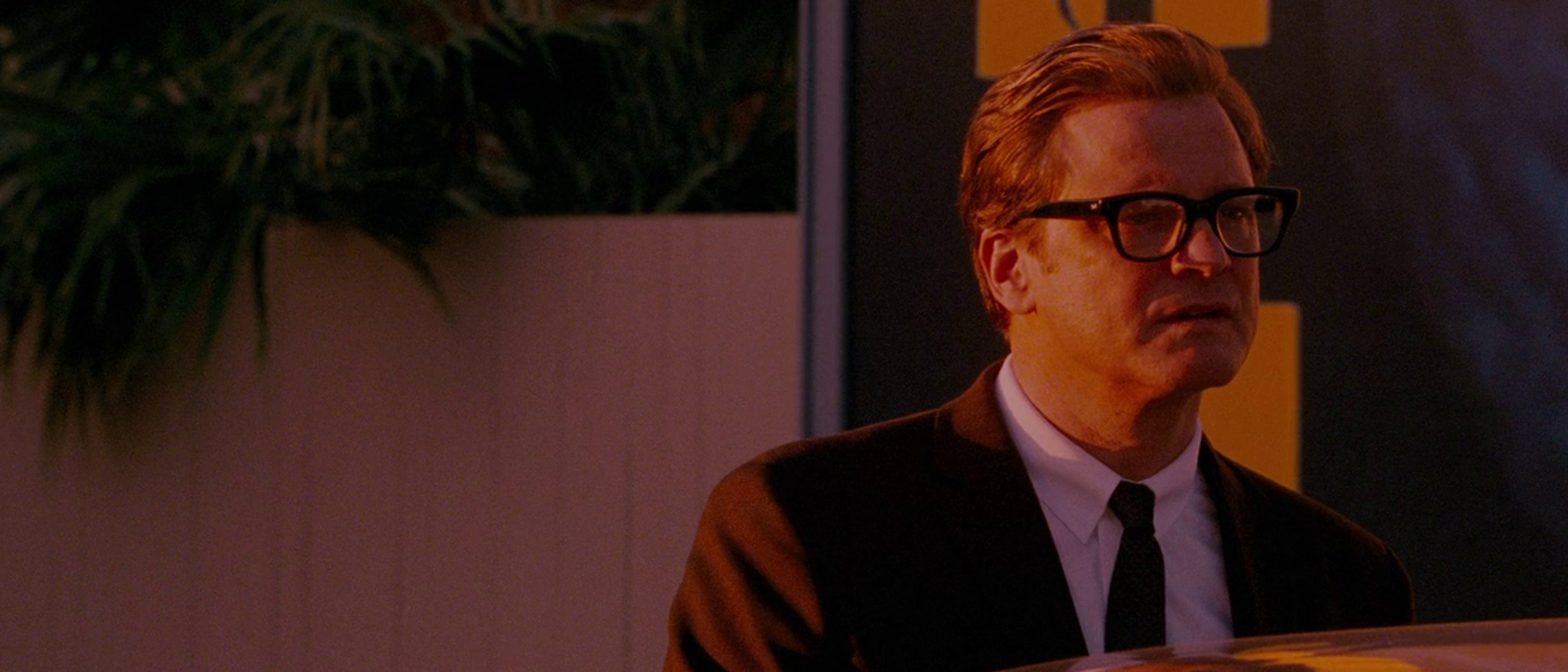

Could we expect anything less from Tom Ford? A film so stylish – in its wardrobe, setting and in its cinematography – that it rivals anything, aesthetically speaking, from this century or last. Ford is known for his fastidious eye for detail, and it turns out this is a handy trait for a movie director as well as a fashion designer.
Set in the 1960s, A Single Man stars Colin Firth as George, a man struggling to get over the loss of a loved one, while simultaneously working as the best dressed English teacher you’ve ever seen. George partly owes his style savvy to the time period in which he lives – the ‘60s is surely one of the finest decades for classic menswear – but this sense of style is fortified by the way he wears his clothes and the assuredness he projects. George knows what he likes and he wears the hell out of a white shirt to prove it, but more on that shortly.
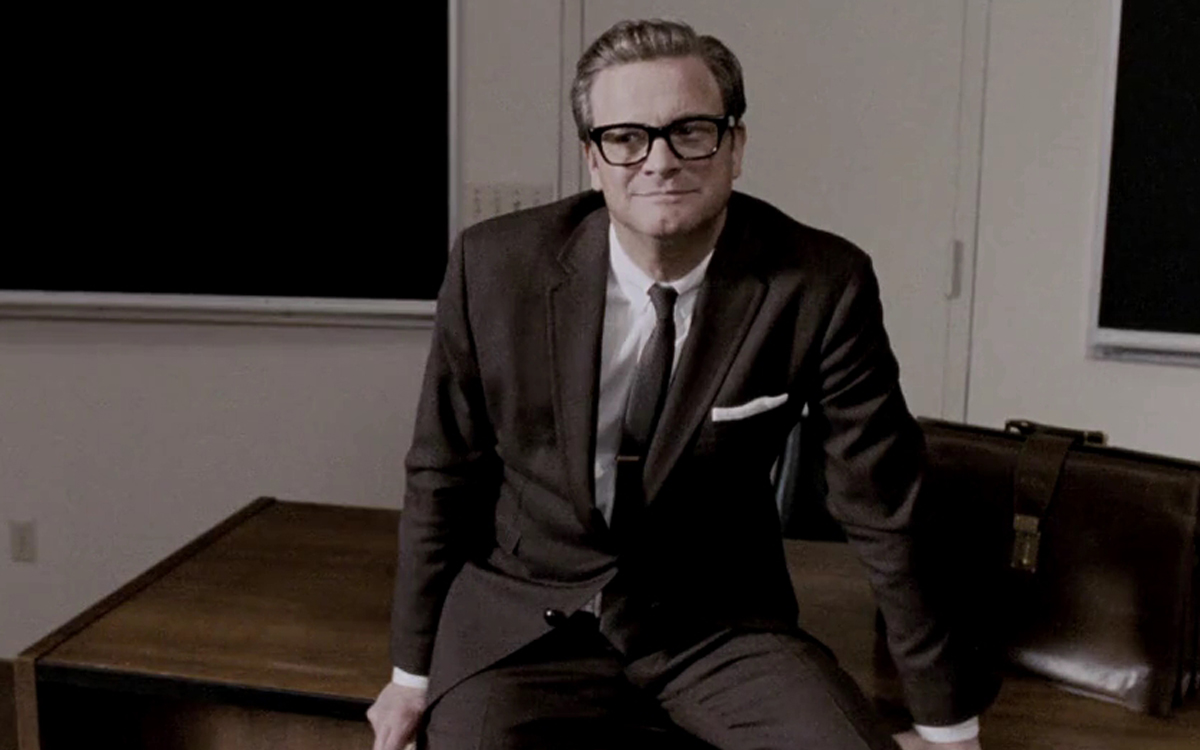
Thanks to Ford, A Single Man’s attention to detail is what really makes it stand out – underpinning the psychology of the film’s protagonist. George’s obsessive tendency to fold his clothes just so, and to place them the perfect distance apart at the start of each day, speaks to the mind of a man who’s trying to maintain order in his shaken world. We sense this internal struggle elsewhere in the manicured perfection of his mid-century house – the pitch-perfect and yet sadly empty vision of a family home – and in his Mercedes parked outside. Even the swirled engraving of his revolver’s hammer lends it a strange beauty not usually associated with a weapon. The film is seriously polished; covered in a veneer of design-detail that could only come from a director whose day-job depends entirely on his taste in aesthetics.
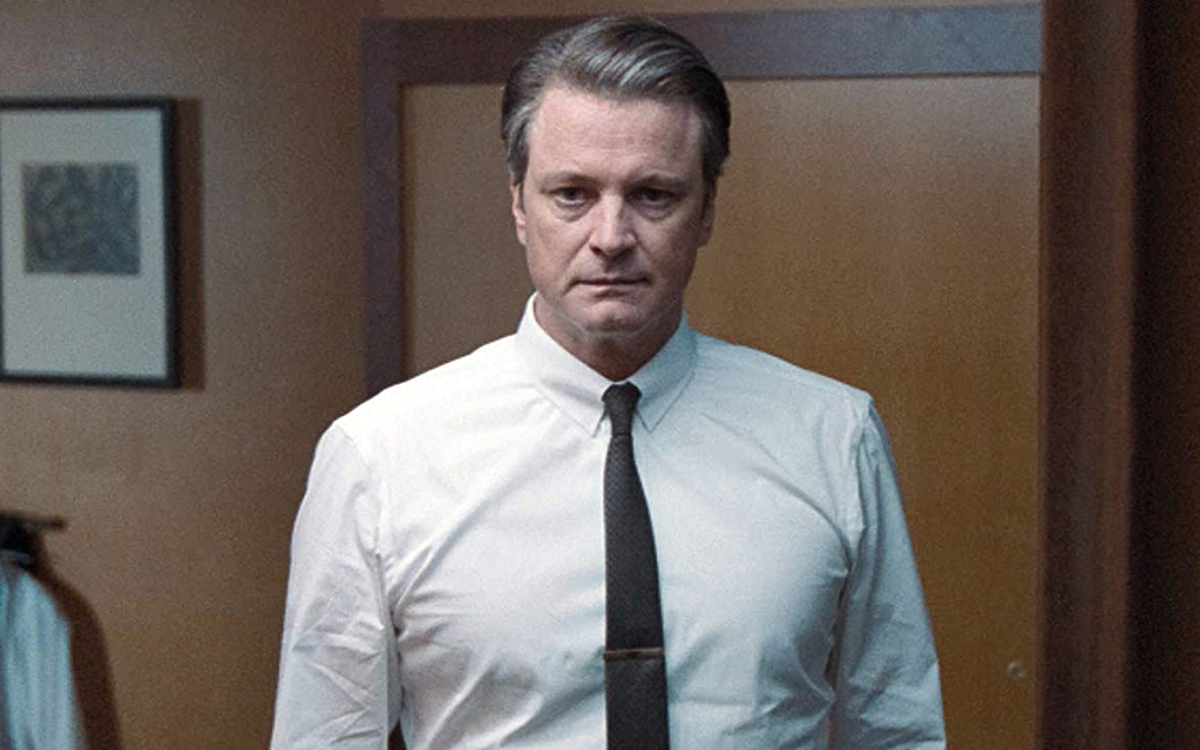
A Single Man practically fetishises the white shirt. The film’s opening sequence shows George getting dressed for the day ahead, and it’s nothing short of an event. The highlight? When he opens a chest of drawers to reveal a seemingly endless line-up of brand new, perfectly pressed shirts waiting to be unwrapped, presumably to be worn only once and then discarded – another hint of an obsessive character-trait for George. But true to Ford, these are not just any old white shirts. Again, the details count. They’re stark, almost chalk white, with a period-correct front placket, pin-collar, double cuffs and a slim, tapered fit. They are very ‘60s and very cool. Moreover, they demonstrate how interesting this most simple of menswear staples can be; subtle inflexions in cut and collar really do make something as ubiquitous as the white shirt your own.
George pairs his with a slim black satin tie, tie bar, dark brown worsted trousers with a flat front and black polished Oxford shoes. It’s a simple, minimalistic look and one that’s easy to replicate today. The white shirt, as it so often does, anchors this outfit together and when worn as a component in a full suit, it offers the ideal amount of contrast and depth, especially to a jacket and trousers cut in dark cloth. Take off said jacket though, and a white shirt will stand on its own two feet – it’s a look unto itself.
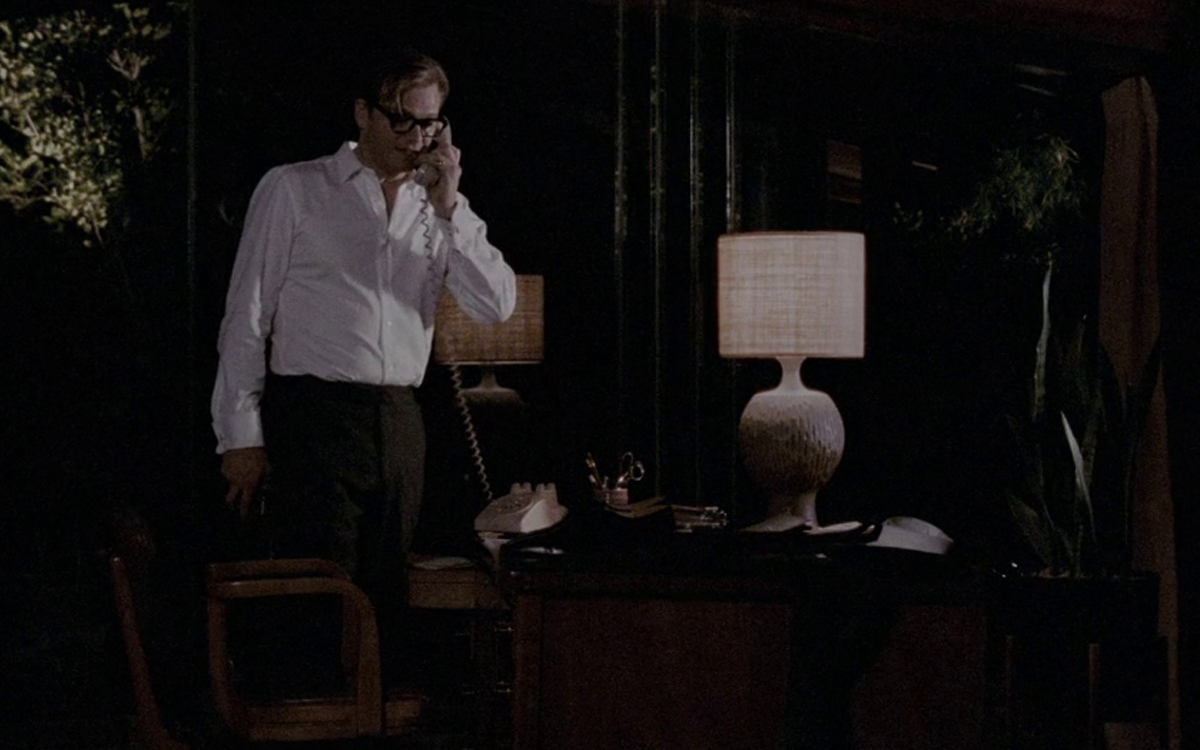
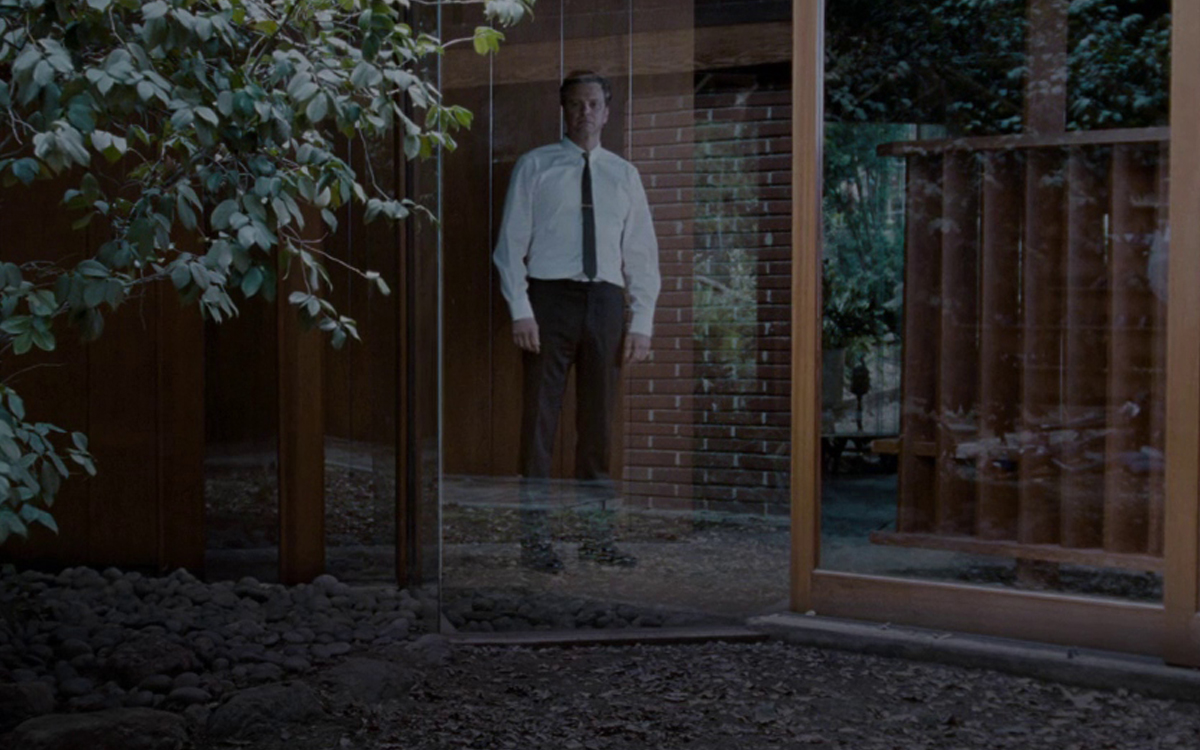
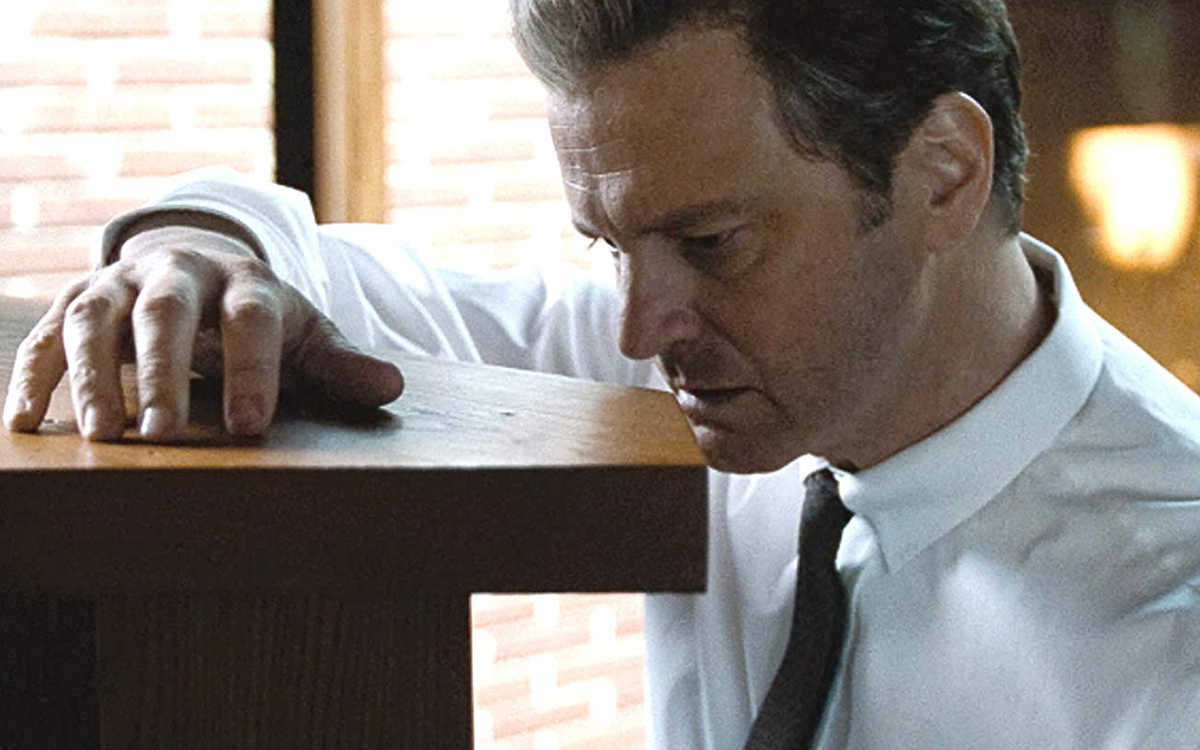
A Single Man then, despite its ominous tone and sobering conclusion, is perhaps the quintessential reminder of the enduring appeal of the white shirt; and an effortlessly stylish guide to wearing yours pitch-perfectly.
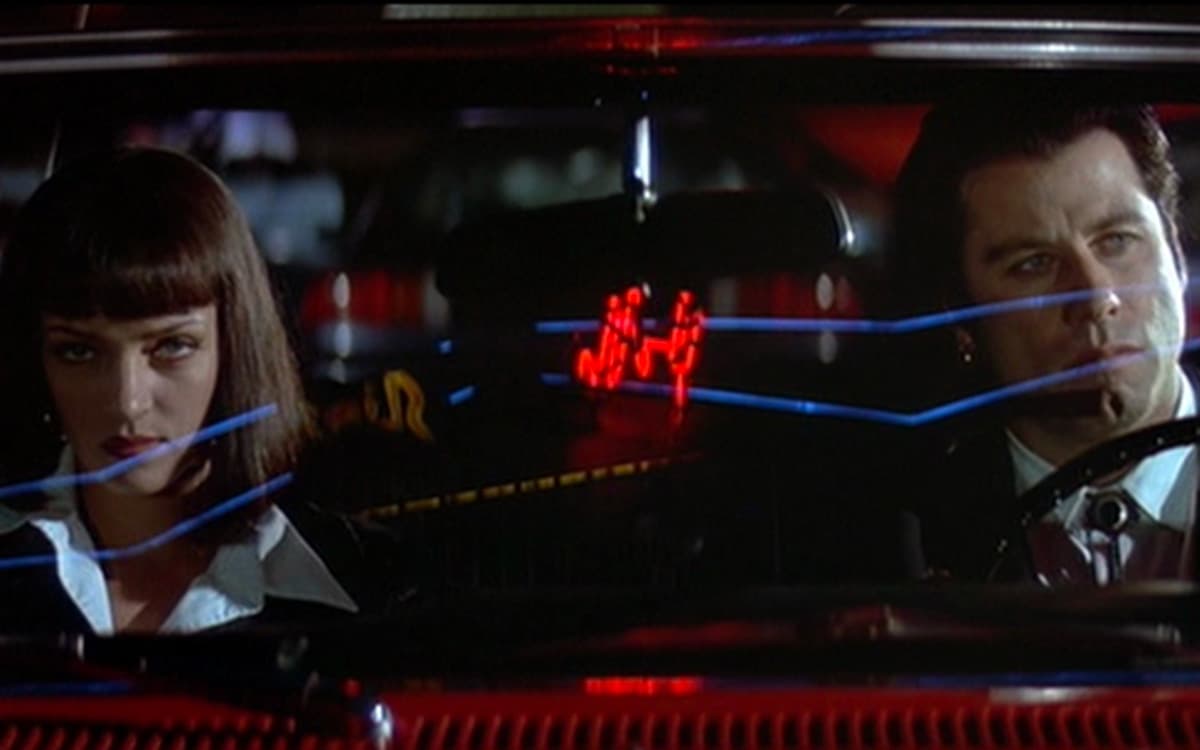
Pulp Fiction: Why we can all learn a thing or two from Uma Thurman’s white shirt
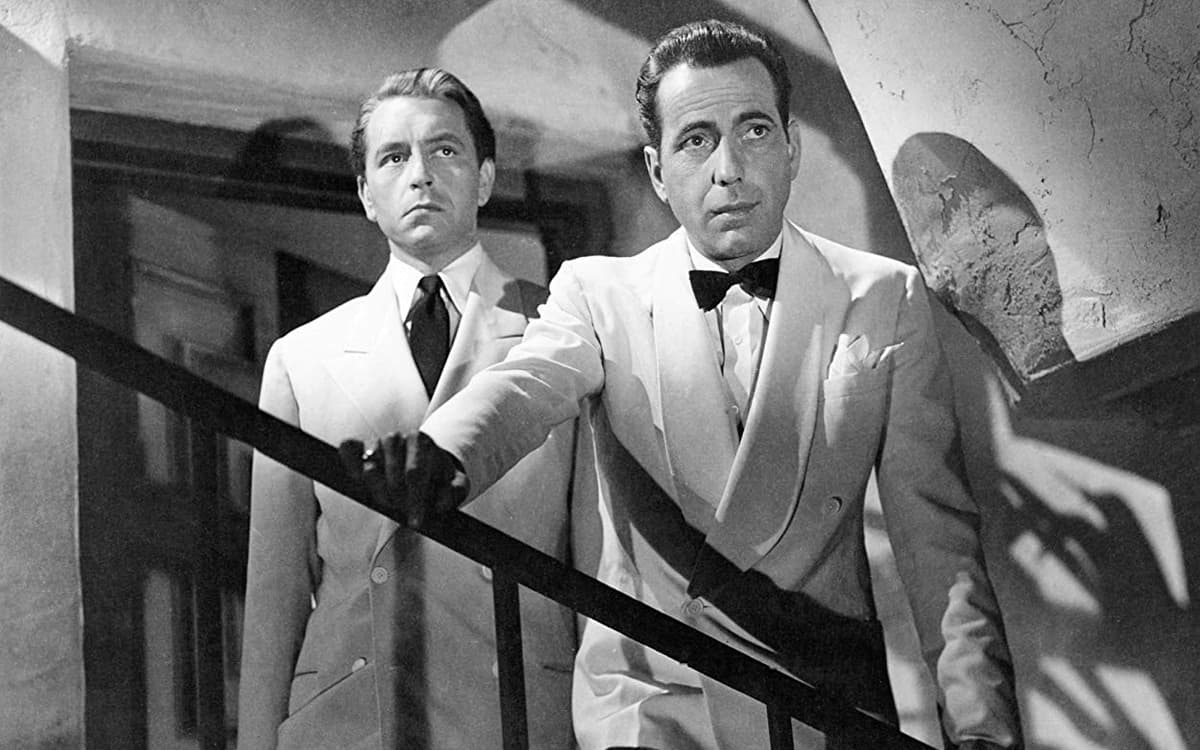
Casablanca: a lesson in ivory eveningwear
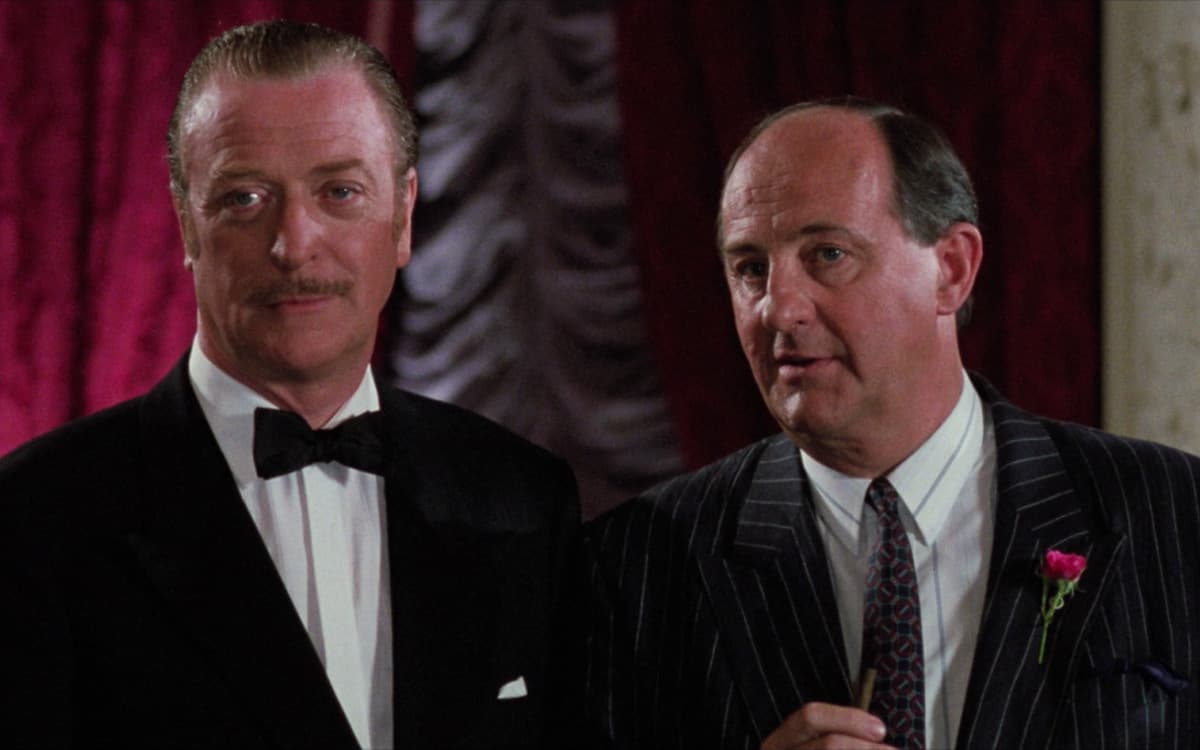
We’ll say one thing for ‘Dirty Rotten Scoundrels’ – they’re always well dressed…
Cotonificio Albini S.p.A. - Via Dr. Silvio Albini 1, 24021 Albino (BG) – Italy
Società con unico socio - diretta e coordinata da Albini Group S.p.A.
P.I. 01884530161 - C.F. 08743540158 - Iscritta al Registro Imprese di Bergamo - REA 244649
Capitale sociale sottoscritto e versato € 11.170.960